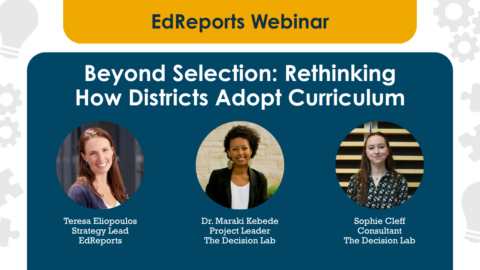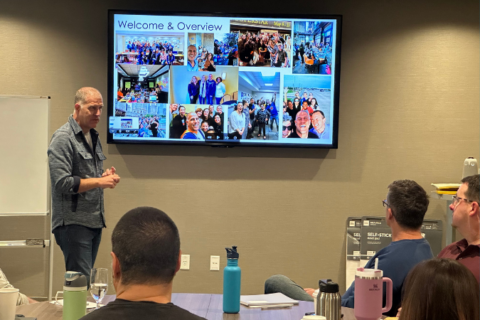“Everybody Wants to Be Seen”: A Conversation with Mathematician Georgina Rivera
Read part two of a conversation between EdReports Director of Mathematics Tim Truitt and Georgina Rivera, incoming 2nd Vice President of the National Council of Supervisors of Mathematics, about equitable mathematics and incorporating students' lives and experiences into the classroom.
Related Resources
Webinar—Beyond Selection: Improving Curriculum Adoption
Discover insights from EdReports and The Decision Lab on evolving curriculum adoption to better support teachers and boost student outcomes.
EdReports CEO Eric Hirsch to Step Down in 2026
After a decade of transformative leadership, Hirsch will remain through June 2026 to support a seamless transition as EdReports begins its next chapter of impact and innovation.
4 Steps to Get More From Curriculum Adoption
To improve curriculum adoption, prioritize strong foundations, comprehensive planning, authentic educator engagement, and strategic external support.


